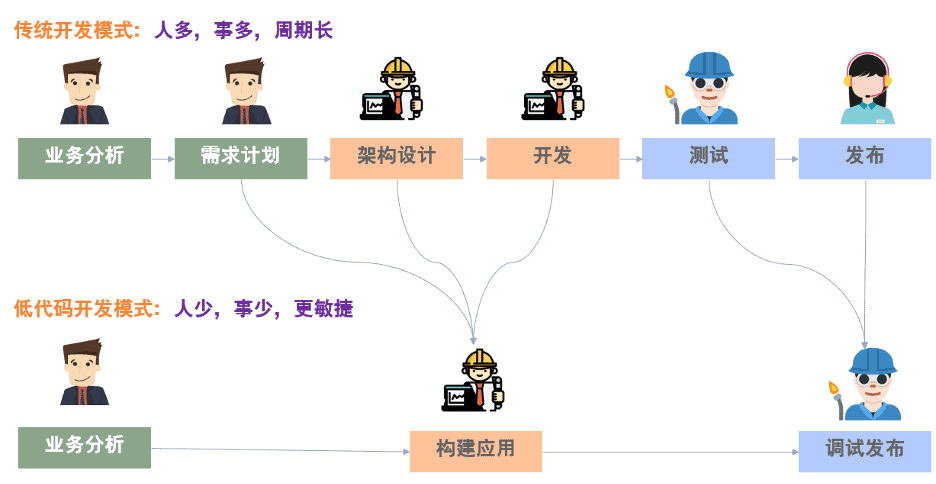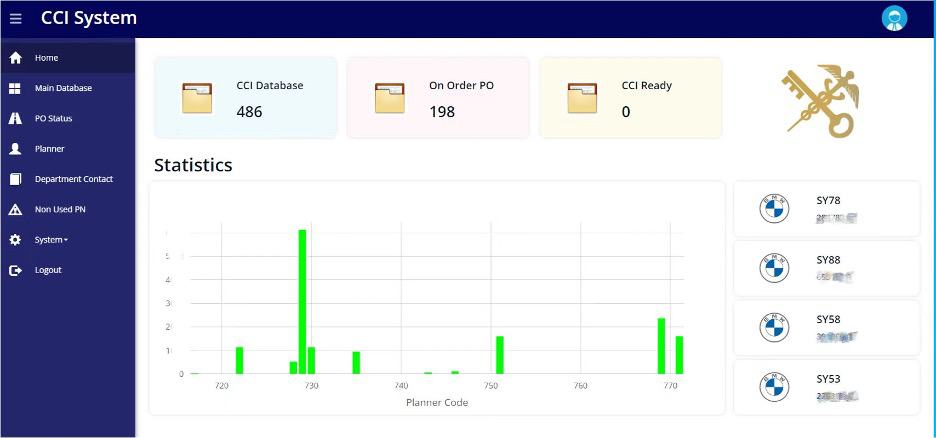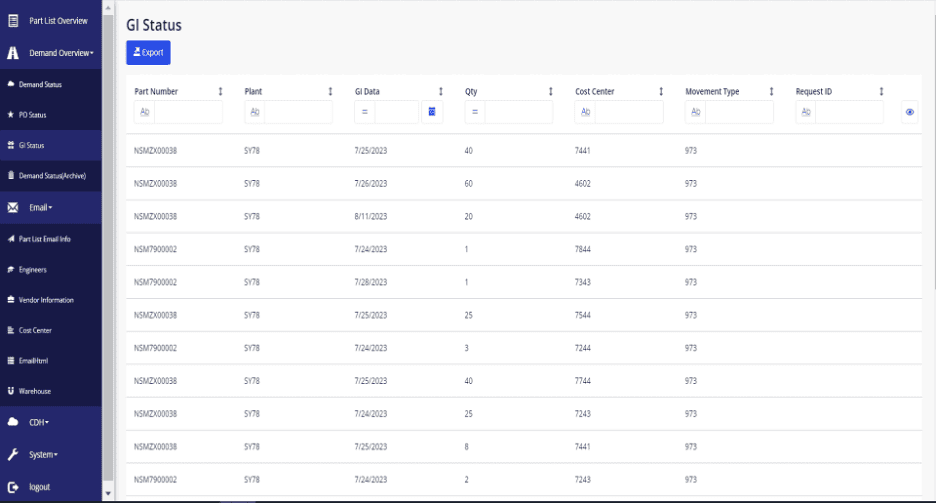BMW Creates a New Model of Business and IT Collaboration
BMW is an innovation-driven company with a wealth of digitialization ideas coming from their business teams. However, the challenge is finding a standardized tool that can efficiently turn these ideas into reality.
BMW adopted the Mendix low-code platform, which allows IT to enable business teams to independently design and build applications. During the development process, business and IT teams collaborate effectively, completing digital transformation tasks while the IT team builds reusable digital components.
Today, the business team has launched 3 digital applications after just 3 months of learning, and has an additional 10 applications in the pipeline. By utilizing Mendix, BMW has shortened development time by 30% compared to traditional programming and reduced human resource costs by 50%.
Business and IT Alignment
As BMW advances its strategy of “Electrification, Digitalization, and Circular Decarbonization,” the company is driving digital transformation and innovation in China. The IT and business teams collaborate closely to support business innovation.
To meet growing digital transformation demands, low-code platforms have emerged. With low-code, applications are developed visually—like drawing a flowchart—eliminating or greatly reducing the need for coding, and significantly accelerating application deployment.
BMW Brilliance’s Dadong Plant Logistics Department was the first to adopt the Mendix low-code platform. They developed multiple applications with principles of autonomy, efficiency, and cost reduction.
With the support of IT and Mendix experts, 40 colleagues from logistics, procurement, and mechanical backgrounds were trained on the Mendix platform. After one month of learning, each colleague earned a Mendix Rapid Developer Certification.
These business teams have embraced an Agile way of working to take their Mendix expertise further and develop based on standardized requirements and user stories. The IT and business teams have established a collaborative model using Mendix:
- The IT team handles advanced technical components like connectors to the data lake, identity authentication, and email integration.
- The business team focuses on upper-level logic design like application pages and functionality.
Business-Driven Logistics Solutions
The VMI application eliminated the need for all materials to be received and confirmed at BBA’s warehouse before picking operations. Qualifying materials could be received directly at the supplier’s warehouse and sent to the production line, greatly reducing warehouse pressure and storage costs at BBA.

For the first time, logistics personnel led the development of IT applications. Initially, the tasked colleague thought it was an impossible mission. However, after training with the low-code tool and self-study, they successfully designed the desired application with great satisfaction and a sense of achievement.
Traditionally, development requires a skilled product manager to create documentation, a front-end UI design, and thorough reviews before separate teams handle front-end and back-end development. Mendix revolutionized this process by enabling business logic and entities to be reviewed and then directly developed.
Developers worked on front-end and back-end functionalities simultaneously, reducing risks and costs associated with communication gaps. Using Mendix, overall project development time was reduced by 30%, and human resource costs dropped by 50%.

Following the successful launch of three applications, the logistics department has gained a deeper understanding of the Mendix low-code platform. They are now organizing and prioritizing over 10 new business requirements, continuing their journey of digital innovation.

The Mendix low-code platform aims to accelerate digital innovation, lower transformation costs and barriers, improve productivity, and empower users with agile self-service application development. It continuously fosters a new collaborative model between business and IT.